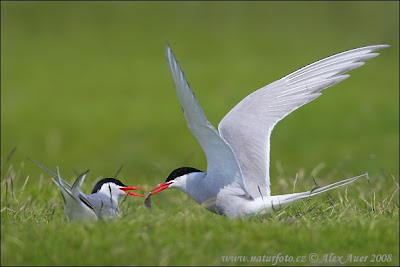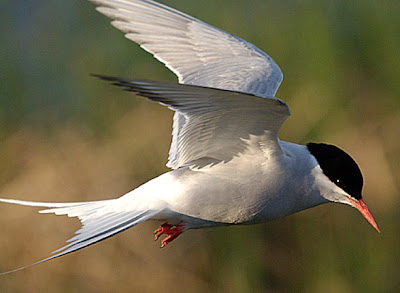 Arctic Tern is a comparatively little bird. It is also probably the most established. Although it is small it is even now able to achieve the amazing task of moving over 22,000 miles (35,000 km) every year. The range that it migrates is the longest of any bird. This distance would be precise if it flew in a directly line to where it was relocating to and from. But since it's going to take a lot of activities the range it flies every year is even greater. Actually the arctic tern practically never lands and is considered to be in daylight more than dark because of its migration.
Arctic Tern is a comparatively little bird. It is also probably the most established. Although it is small it is even now able to achieve the amazing task of moving over 22,000 miles (35,000 km) every year. The range that it migrates is the longest of any bird. This distance would be precise if it flew in a directly line to where it was relocating to and from. But since it's going to take a lot of activities the range it flies every year is even greater. Actually the arctic tern practically never lands and is considered to be in daylight more than dark because of its migration. Arctic Tern male and female terns help incubate the eggs. The eggs hatch out in about 23 days after they are set. The hatchlings leave the nest rapidly and cover up in close by plants. Until finally they can feed their selves the parents catch small fish and carry it to them in their bills. They are exceptional for their cultural routines. They live jointly in groups of about 50 tern which are called hives. Often they will adopt to their nest various types of terns and sea gulls.
Arctic Tern male and female terns help incubate the eggs. The eggs hatch out in about 23 days after they are set. The hatchlings leave the nest rapidly and cover up in close by plants. Until finally they can feed their selves the parents catch small fish and carry it to them in their bills. They are exceptional for their cultural routines. They live jointly in groups of about 50 tern which are called hives. Often they will adopt to their nest various types of terns and sea gulls.
Arctic Terns would do anything achievable to stay out of the water. Terns don't swim properly although their legs are webbed simply because they have small legs so they jump down, catch the fish, and keep flying to stay out of the water. Arctic terns rarely ever land. So they eat while flying most of the time. When terns eat bugs they catch them "on the wing". This means they catch them while flying. Here we have some of Arctic Tern new cool pictures-images for 2012.
Arctic Tern
Arctic Tern
Arctic Tern
Arctic Tern
Arctic Tern
Arctic Tern







0 comments:
Post a Comment